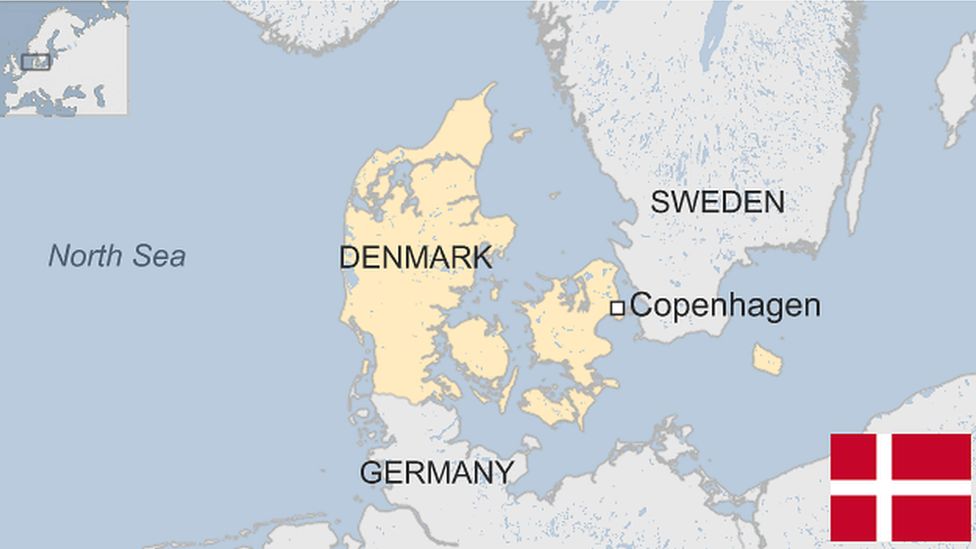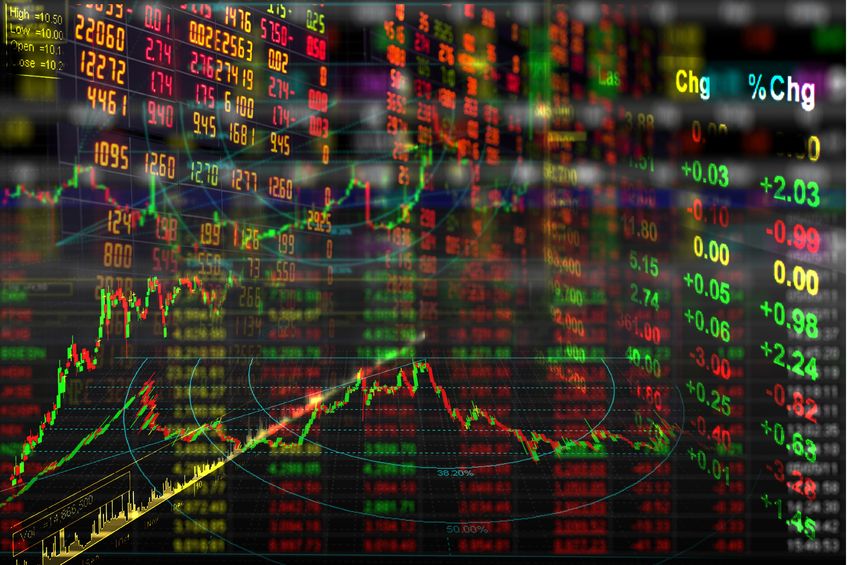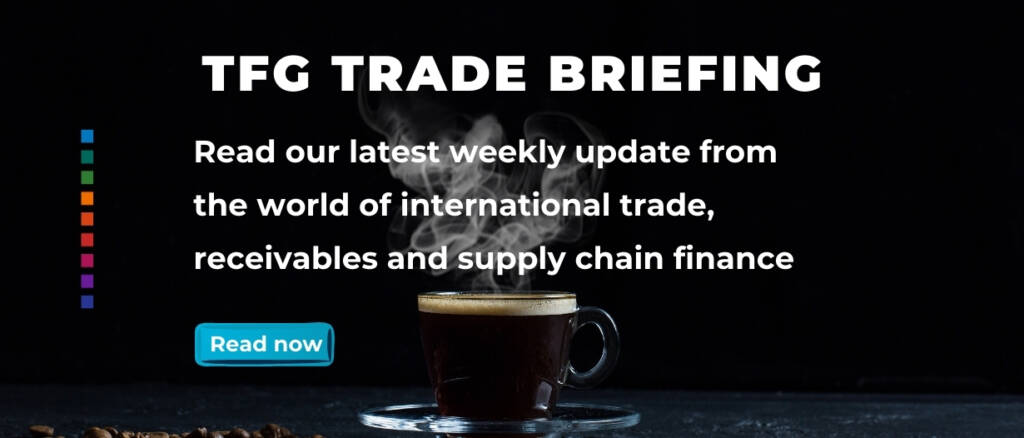Importing from Denmark


Denmark Country Profile
Official Name (Local Language) Kongeriget Danmark
Capital Copenhagen
Currency Danish Krone
GDP $326.2 billion
Languages Danish
Telephone Dial In 45
Denmark Exports Profile
Exports ($m USD) 101,646
Number of Export Products 4,251
Number of Export Partners 222

Access trade, receivables and supply chain finance
We assist companies to access trade and receivables finance through our relationships with 270+ banks, funds and alternative finance houses.
Get StartedImporting from Denmark
Denmark is a member of the European Union and World Trade Organisation (WTO) and so the market has few barriers. It sits as the thirty-fifth country in terms of rank in the world in relation to imports. There are many benefits of exporting to Denmark, which include having a prosperous economy, it acts as an entry point to the Baltic and Scandinavian countries, it is also close to the growing economies of Sweden, Germany and Poland. The main exports are packaged medicaments ($8B), crude petroleum (around $4B), refined petroleum (around $4B), blood (over $2B) and pig meat (around $3B).
The strengths of the Danish market include an easy access route to northern European markets via the Copenhagen hub airport and a high-quality motorway network. It has developed a highly educated population, advanced infrastructure in relation to communication. There is a strong growth rate, low inflation and low unemployment rate at below 5% which is all adding to a growth rate of around 2% a year. The main exports of Denmark are machinery, meat-related products, pharmaceuticals, dairy, fish, windmills and furniture.
Importing from Denmark: What is trade finance?
Trade finance is a revolving facility which some banks and specialist lenders offer – it enables organisations to buy inventory and can help ease the pressure from working capital problems.
Generally, an export finance bank will fund most of the cost of the products, including charges (e.g. delivery costs).
Trade finance offers added advantages over more traditional bank finance including invoice finance or loans. Trade finance provides quick funding without affecting existing bank relationships.
How does it work?
If you’re an SME importing or exporting products outside of your own country, then a trade finance facility would allow you to fund this through offering a LC (letter of credit) or some form of cash advance.
I’m looking to import from China, how can Trade Finance Global help, and how does it work?
If you are looking to import stock supplies from other markets, you may need import finance, which is an agreement between yourself (the importer) and the foreign exporter. A alternative financier would act as the intermediary, paying the exporter on your behalf until you receive the inventory and have then sold them to your end debtor. Repaying the financier then occurs over an agreed period.
Chart Showing GDP Growth Compared to rest of world
Map
Top 5 Exports Partners
| Country | Trade | % Partner Share |
| Special Categories | 15,321 | 15.07 |
| Germany | 14,517 | 14.28 |
| Sweden | 10,856 | 10.68 |
| United Kingdom | 7,538 | 7.42 |
| Norway | 5,901 | 5.81 |
Top 5 Exports Products
| Export Product | Number |
| Other medicaments of mixed or unmixed products, | 11.1% |
| Petroleum oils, etc, (excl. crude); preparation | 2.7% |
| Electric generating sets, nes | 2.2% |
| Parts of hydraulic & pneumatic & other power en | 2.1% |
| Petroleum oils and oils obtained from bituminou | 1.7% |
































